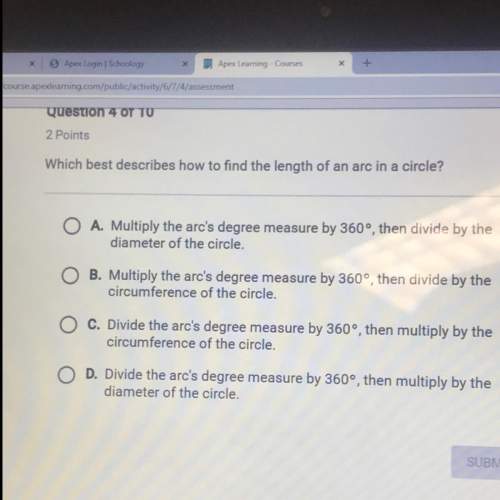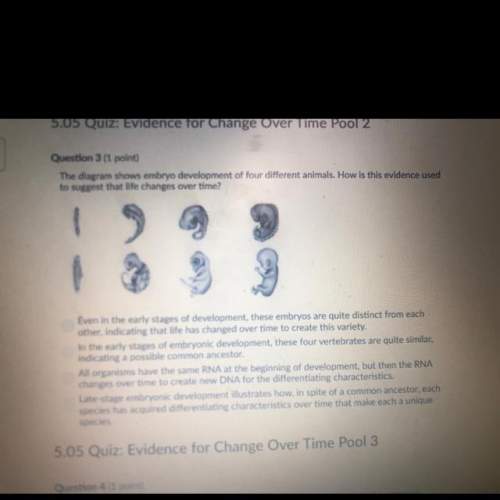
Mathematics, 21.05.2020 20:04 harleeGirl
An urban economist is curious if the distribution in where Oregon residents live is different today than it was in 1990. She observes that today there are approximately 3,109 thousand residents in NW Oregon, 902 thousand residents in SW Oregon, 244 thousand in Central Oregon, and 102 thousand in Eastern Oregon. She knows that in 1990 the breakdown was as follows:
72.7% NW Oregon, 20.7% SW Oregon, 4.8% Central Oregon, and 2.8% Eastern Oregon.
Can she conclude that the distribution in residence is different today at a 0.05 level of significance?
a) Yes, because the p-value = .0009.
b) No, because the p-value = .0009.
c) Yes, because the p-value = .0172.
d) No, because the p-value = .0172.

Answers: 1


Another question on Mathematics

Mathematics, 21.06.2019 21:00
Which expression is equal to (21)(7)(3x) using the associative property? (21 · 7 · 3)x (7)(21)(3x) 32(7 + 3x) (3x)(7)(21)
Answers: 2

Mathematics, 22.06.2019 00:00
At a pizza shop 70% of the customers order a pizza 25% of the customers order a salad and 15% of the customers order both a pizza and a salad if s customer is chosen at random what is the probability that he or she orders either a pizza or a salad
Answers: 1


Mathematics, 22.06.2019 03:00
Suppose that prices of a gallon of milk at various stores in one town have a mean of $3.71 with a standard deviation of $0.10. using chebyshev's theorem, what is the minimum percentage of stores that sell a gallon of milk for between $3.41 and $4.01? round your answer to one decimal place.
Answers: 2
You know the right answer?
An urban economist is curious if the distribution in where Oregon residents live is different today...
Questions

Mathematics, 06.11.2020 22:10

Arts, 06.11.2020 22:10


Mathematics, 06.11.2020 22:10



Mathematics, 06.11.2020 22:10


English, 06.11.2020 22:10

Mathematics, 06.11.2020 22:10




Mathematics, 06.11.2020 22:10

History, 06.11.2020 22:10


Social Studies, 06.11.2020 22:10







